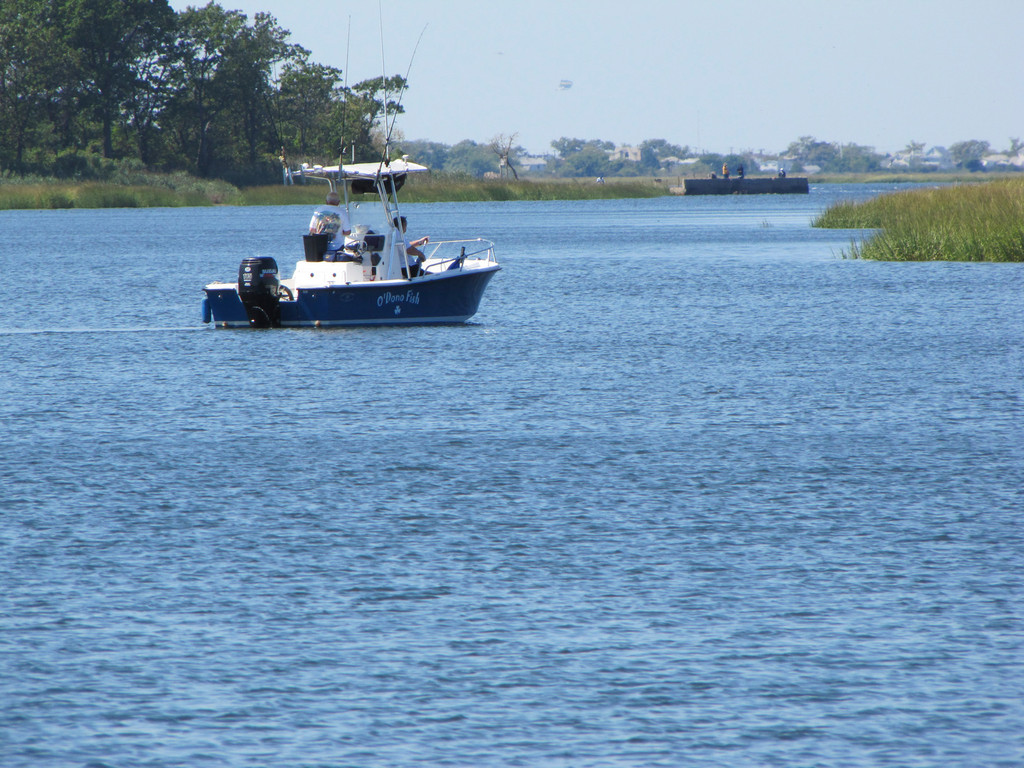Restoring a marine habitat
NYC agrees to pay $15M for Jamaica Bay cleanup
Two parallel agreements have been signed that aim to significantly improve water quality and the marine habitat in Jamaica Bay, which Inwood resident and Jamaica Bay Task Force member Elisa Hinken said “puts to bed an almost decade-long legal fight.”
New York City has allocated $13 million to fund Environmental Benefit Projects such as the U.S. Army Corps of Engineers’ work on salt marsh wetland restoration. The city will also designate $2 million to the state’s Department of Environmental Conservation’s Marine Resources Account to restore the bay’s marsh island habitat.
According to a June 27 announcement, made by the DEC and the New York City Department of Environmental Protection, the DEP will invest in nitrogen treatment systems at four New York City wastewater treatment plants that discharge effluent into the bay.
The city has pledged to complete the upgrades to its 26th Ward, Coney Island, Jamaica and Rockaway plants by 2020. The upgrades will cut the amount of nitrogen discharged into the bay each day in half, by approximately 20,000 pounds, according to the New York State Department of Environmental Conservation.
Hinken said that Jamaica Bay loses 40 acres of marsh each year, and that nitrogen is thought to be one of the leading causes of the marshland degradation. “I am thrilled yet cautiously optimistic about this settlement,” she said. “It’s been a long, hard fight and I am very proud of those groups that worked vigorously to finally see this day.”
Hinken, who has been involved in the ongoing fight to preserve Jamaica Bay for almost 10 years, said her Brafmans Road home is just 100 feet from marshland on the eastern end of the bay that extends another 100 feet before giving way to open water. “The more marsh between the bay and the community, the more time we have before we need to evacuate in case of flooding,” she said. “It buys us time. It buys us a sense of security up to a point.”
Don Riepe, the Jamaica Bay Guardian for the American Littoral Society and a Broad Channel resident, who is involved in all negotiations and projects that involve the bay, said he is glad the agreement was finally signed. “It’s a great boost for the bay,” said Riepe, explaining that as nitrogen is reduced, the bay becomes cleaner and clearer as less sediment settles in the water. “After a long negotiation between [New York City Mayor Michael Bloomberg’s] office, environmental groups, the DEC and DEP, it will go a long way to clean up the bay.”
The agreements were first proposed in February 2010, but attorneys have been reviewing them since then, Riepe said.
Doug Adamo, the chief of the Division of Natural Resources for the Gateway National Recreation Area which is part of the National Parks of New York Harbor, said that Gateway officials are thrilled with the signing of the agreements. “It is expected that this improvement in water quality will open the door to more successful estuarine restoration efforts,” Adamo said, “thus greatly facilitating natural processes as well as increasing the functional level of habitat that Jamaica Bay supports. The National Parks Service applauds the efforts of all involved in reaching this important agreement.”
Protecting what Hinken called the “natural habitat” is crucial in maintaining the natural food chain, she explained. “We have insects, birds, bats and reptiles that actively hunt other insects and rodents and keep the balance of nature in check,” she said. “Perhaps one day, the quality of the bay will allow for shell fishing once more. And, perhaps the eating of fish from Jamaica Bay will not come with a possible cost to our health.”

 51.0°,
Overcast
51.0°,
Overcast 




